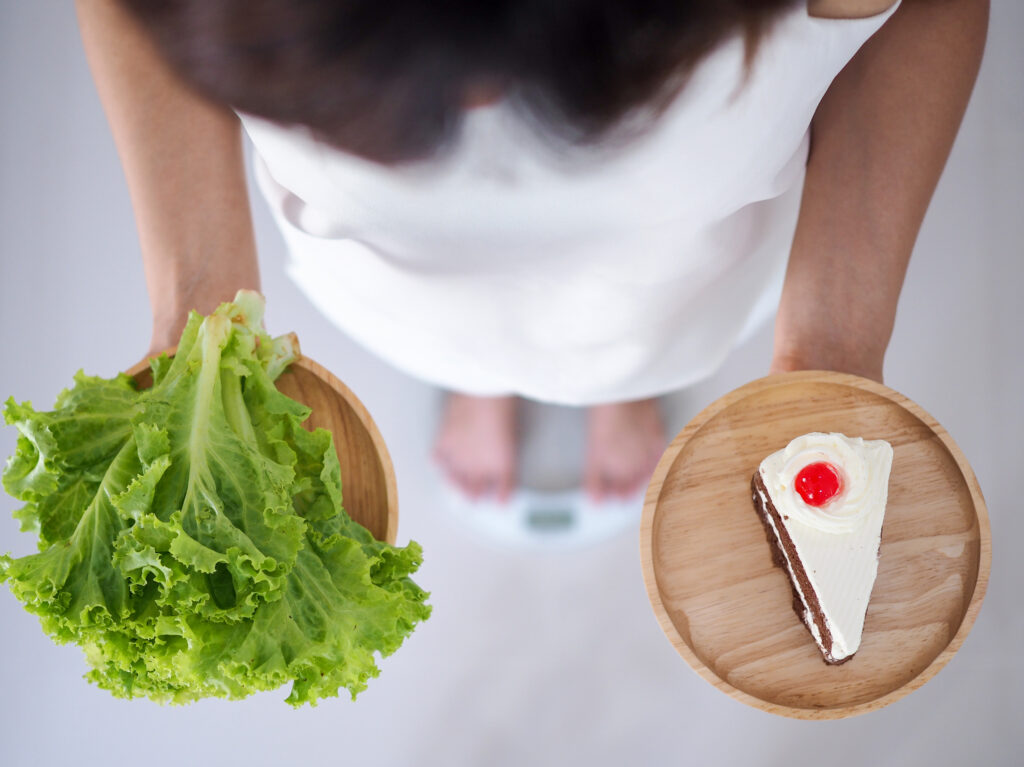Sugar is everywhere, in almost everything we eat. It makes food sweet and delicious, but it’s also the reason why we are collectively so overweight and unhealthy.
The health dangers of sugar are well known – it’s often called “poison” – yet in modern society, we eat more of it than ever before.
Why is that? Why do we know something is bad for us, yet we continue to consume it?
Most of us can’t help but eat sugar because we are addicted to it, and our brains tell us that we need it. This addiction is so strong that removing sugar from our lives can be difficult and often requires a great deal of willpower.

However, what is less well known is that there are ways to reduce sugar intake and become healthier without having to starve ourselves in the process.
Below are some tips you can follow to reduce your sugar intake:
1. Know the difference between natural and added sugar
One of the first steps to take is understanding the difference between added sugar and natural or low-fat sugar. Natural sugar is found in foods containing fiber, vitamins, minerals, and other nutrients. These include fruits, vegetables, milk, and milk products.
Added sugars are found in processed foods and beverages that have been sweetened with table sugar, corn syrup, or other sweeteners.
Foods with added sugars include sugary drinks: sodas, fruit drinks, energy drinks, sports drinks, candy, cakes, and muffins
2. Avoid drinking sugary beverages
Sugary drinks are everywhere. They’re cheap, tasty, and readily available from vending machines and fast-food restaurants.
The average 12-ounce can of sugar-sweetened soda contains 8 teaspoons of sugar, exceeding the daily recommended amount of added sugar for both men and women.
Drinking 1 to 2 sugary drinks per day can increase your risk of developing type 2 diabetes by 26%, cardiovascular disease by 30%, and gout by 75%.
Sugar-sweetened beverages have also been linked to weight gain, which increases your risk of several diseases. One of the quick ways to lower blood sugar is to avoid these.
3. Try and buy unsweetened versions of foods
Try and buy unsweetened versions of foods like yogurt, cereal, dried fruit, and applesauce. Add fresh fruit to plain yogurt rather than buying sweetened varieties.
Unsweetened applesauce, plain yogurt, or full-fat ricotta cheese are better choices than their sweetened counterparts.
4. Eat fresh fruits
There are no added sugars in fresh fruits or vegetables, but they still contain natural sugars, so don’t go overboard on them if you’re trying to lose weight.

5. Eat smaller portions of sugary foods.
Try eliminating sugar from your diet. Instead, try eating sweets with a meal rather than a stand-alone snack. You can still enjoy a sweet treat, but try to limit portion size.
6. Choose wholegrain foods
Wholegrain foods like brown rice, wholemeal bread, and wholewheat pasta contain more fiber and nutrients than white versions, with high amounts of added sugar. They also tend to keep you feeling full for longer, so you’re less likely to snack between meals.
7. Get rid of sugary cereals
To reduce your sugar intake, switch out your sugary cereal for a healthier option, such as oatmeal with fresh fruit and nuts or whole-grain toast with nut butter and sliced fruit.
8. Avoid sugary desserts.
Just because a dessert is labeled “sugar-free” or “low sugar” doesn’t mean it’s healthy. These desserts may contain artificial sweeteners linked to various health problems. Avoid desserts made with sweet ingredients like cake, candy, cookies, ice cream, frosting, and chocolate. Instead, look for lower sugar options by choosing fruit-based desserts like pies or crisps that use fresh fruit

9. Don’t buy foods with high sugar content
Check nutrition facts labels for grams of sugar. Four grams of sugar is equal to 1 teaspoon (tsp), so divide the number of grams by 4 to determine how many tsp of sugar a product contains. Also, check the ingredients list for added sugars under different names, such as corn syrup, high-fructose corn syrup, fruit juice concentrate, maltose, dextrose, sucrose, honey, or cane crystals. The closer these ingredients are to the top of the list, the more sugar a product contains.
10. Buy products with the lowest amount of added sugars.
The first step to reducing sugar intake is to check the ingredients list and Nutrition Facts label. If a product contains sugar, compare brands and choose the product with the lowest amount of added sugars.
11. Replace the sugar in coffee.
If you can’t imagine taking your coffee without a spoonful of sugar, then try replacing it with a sprinkle of cinnamon or cocoa powder. These won’t add calories and can often provide a more intense and less sweet flavor. It’s also a good idea to get used to drinking black coffee, as this has no sugar at all.

12. Avoid soda and drink water.
Cut back on sugary sodas and fruit juices. Instead, drink water, seltzer, or unsweetened tea or coffee. When you do drink soda or juice, get a small size. Try to avoid drinking any soda at all — even diet soda — every day.
Avoid sports drinks unless you’ve been exercising vigorously for more than an hour at a time. If you must drink them, get a small size.
13. Sleep more
The hormones that control your appetite and blood sugar levels are also affected by sleep, so you’re more likely to experience cravings and eat more if you’re not getting enough sleep.
We have thirteen tips that you can start implementing today on how to reduce your sugar intake. Some of them are ideal for beginners, and some of them are for those who are advanced at cutting down on sugar in their diets. Either way, these tips can help you reach your sugar reduction goals, so go through the article, pick out the tips you like, and start putting them into action today!



